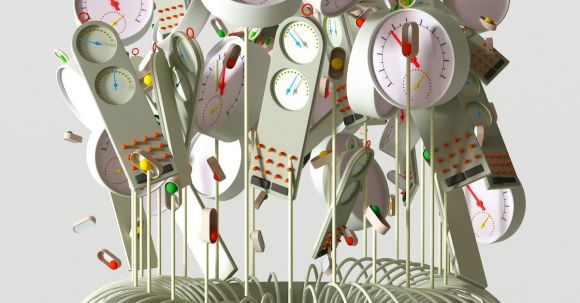In today’s digital age, technology has permeated every aspect of our lives, including the world of art. The intersection of technology and art has brought about a myriad of exciting possibilities, pushing the boundaries of creativity and allowing artists to explore new mediums and techniques. From digital art installations to virtual reality experiences, technology has revolutionized the way we perceive and interact with art. In this article, we will delve into the fascinating ways in which technology has transformed the art world.
Enhancing Traditional Art Forms
One of the ways technology has impacted art is by enhancing traditional art forms. With the advent of digital tools and software, artists can now create intricate and detailed artwork with ease. Digital painting, for example, allows artists to experiment with different brushes, textures, and colors, opening up a whole new world of possibilities. Additionally, digital photography has made it easier for artists to capture and edit images, allowing them to manipulate reality and create stunning visual effects.
Interactive Art Installations
Another exciting development at the intersection of technology and art is the rise of interactive art installations. These installations not only engage viewers visually but also involve them physically and emotionally. Through the use of sensors, motion tracking, and augmented reality, artists can create immersive experiences that blur the lines between art and reality. Visitors can interact with the artwork, triggering different responses and becoming an active participant in the creative process.
Virtual Reality Experiences
Virtual reality (VR) has emerged as a powerful tool for artists to create immersive and transformative experiences. By putting on a VR headset, viewers can step into a virtual world where they can explore and interact with art in ways that were previously unimaginable. VR allows artists to create three-dimensional sculptures, surreal landscapes, and even entire virtual galleries. This technology has the potential to democratize art, making it accessible to people who may not have had the opportunity to experience it otherwise.
Artificial Intelligence in Art
Artificial intelligence (AI) is another area where technology and art intersect. AI algorithms can analyze vast amounts of data and generate new and innovative artwork based on patterns and trends. Artists can use AI as a tool to assist their creative process, generating ideas and inspirations that they may not have thought of otherwise. AI can also be used to create interactive and dynamic art installations, where the artwork evolves and changes based on the viewer’s input or environmental factors.
The Future of Art and Technology
As technology continues to advance at an unprecedented pace, the future of art is full of exciting possibilities. From the integration of wearable technology into art installations to the use of robotics and drones in creating art, the potential for innovation is limitless. Furthermore, as more artists embrace technology as a medium for their creative expression, we can expect to see a blurring of boundaries between different art forms, resulting in truly unique and interdisciplinary works.
In conclusion, the intersection of technology and art has opened up a whole new realm of possibilities for artists. From enhancing traditional art forms to creating immersive experiences through virtual reality, technology has transformed the way we perceive and engage with art. As we look towards the future, it is clear that the integration of technology into the art world will continue to push the boundaries of creativity, giving rise to new and exciting forms of artistic expression.
